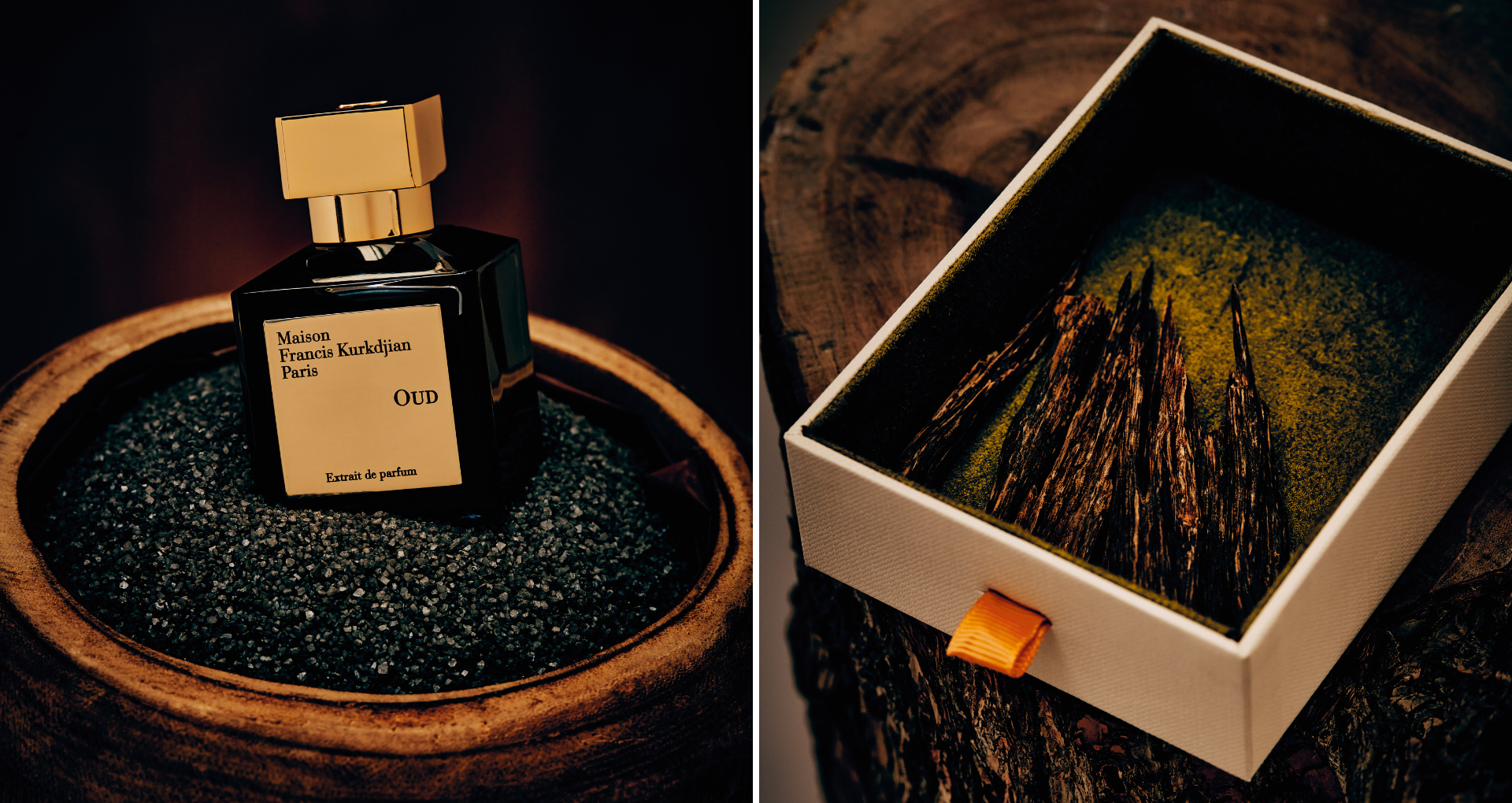
Would you believe that one of the most famous raw materials used in fragrance is more costly than gold by the kilo? It’s no wonder why oud – or oudh – is often referred to as “liquid gold”. But it’s not just the significance it holds in the perfume space that makes it one of the most famous scents, it’s the history and cultural importance it holds in the Middle East that makes its worth that much more valuable. The journey of oud can be traced back thousands of years – some estimate to 1400 BCE – when it was initially used as incense. Over time, the scent of oud has evolved on a global scale to being a key player in the US$53 billion (Dhs195 billion) fragrance industry.
Derived from the resinous heartwood of the Aquilaria family of trees, originally known as agarwood, oud carries a profound historical significance, firmly embedded in perfume culture in the Middle East, but the purest and best forms of oud are found in regions like India, Southeast Asia and Cambodia. Salman Shama, CEO of Shama Perfumes and the third generation to helm his family business, describes oud as having different “species”. “There are different scientific classifications for oud from different areas – Malaysia will be different from Thailand, Thailand will be different from Vietnam, and so on.”
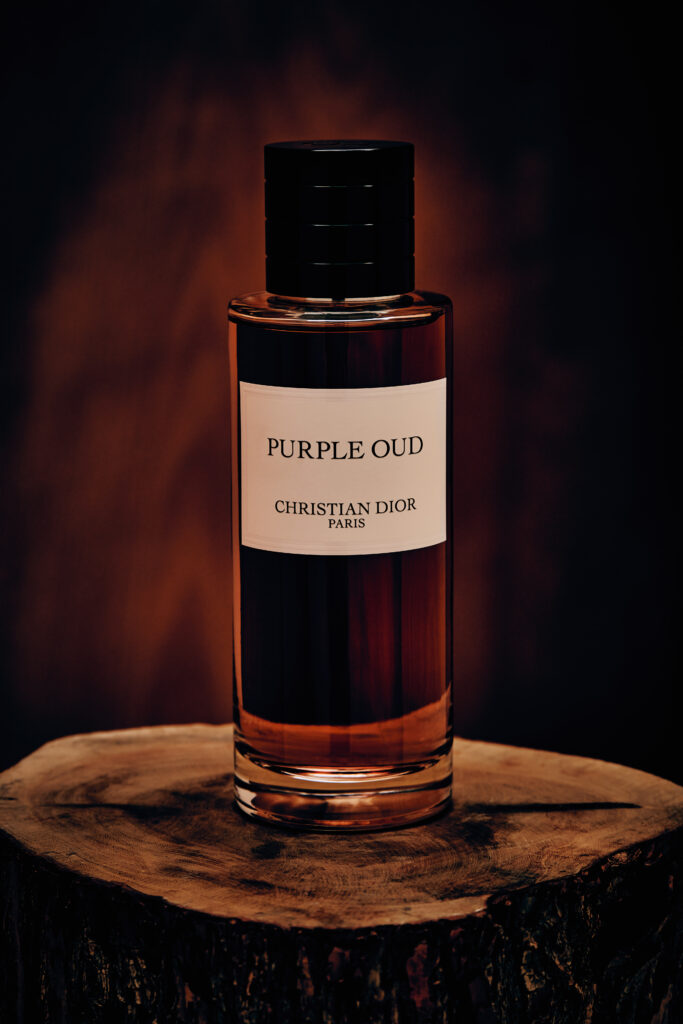
The use of oud in Middle Eastern culture dates back to ancient times, and although how it was brought to the region remains blurry, there are ancient texts which claim it was transported by traders during the famous era of the Silk Road, with agarwood discovered in China delivered via India to the Middle East. Shama also claims many Arabs travelled to India for trade. “There were trade treaties between the Middle East and India, mainly because of the water routes that are linked between these two places [connected us],” he explains. “So the trade of spices, the trade of tourism and the trade for essential oils [contributed to the trade of oud].” Still, how did it come about for oud to hold such a strong meaning within the Middle East?
It’s been said the use of oud can be traced back to the time of the Prophet Muhammad (P.B.U.H) who, according to some, began the tradition of cleansing oneself with the scent, something which is now followed by many in Islam. “Oudh is considered a link to ancient traditions and cultural heritage in the Middle East,” says Amna Al Habtoor, an Emirati perfumer and the founder of Arcadia. “Its continued use and reverence in daily life help preserve customs and rituals that have been passed down through generations.”
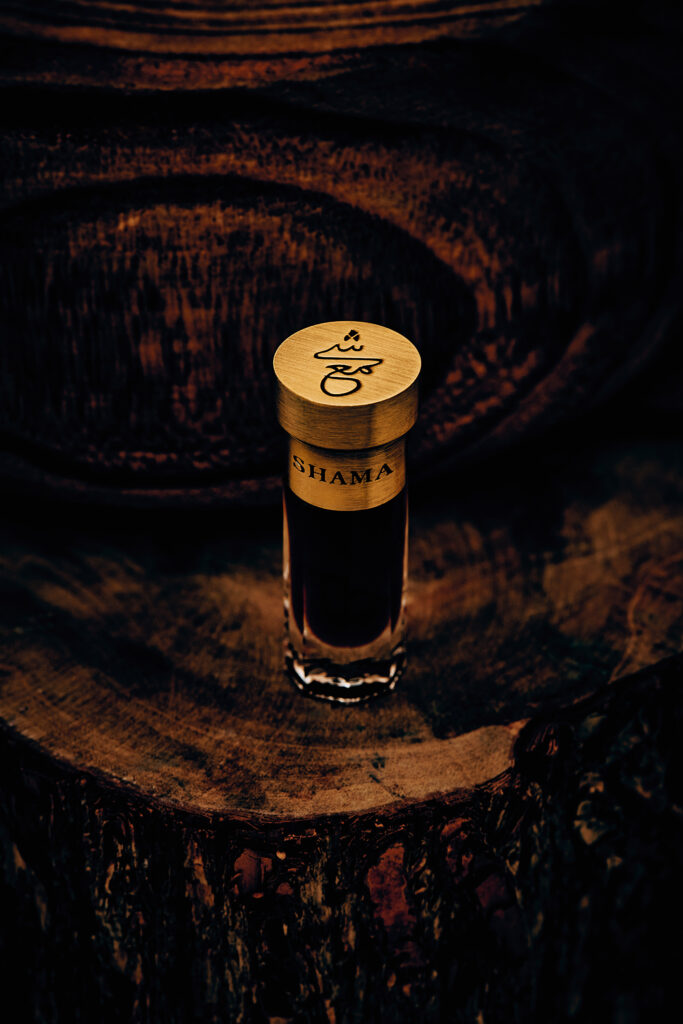
It’s not just a scent, it’s an inherent part of heritage and way of life, deeply interwoven with the traditions and rituals of the Middle East. It’s even often referred to as the “wood of the gods”. In fact, as Al Habtoor explains, it’s a “fundamental part of social gatherings”. “It is customary to offer guests oud-scented incense or oud oil to enhance the welcoming atmosphere,” she adds. “The fragrance creates a sense of hospitality and tradition in Middle Eastern culture.” The aroma, in essence, is a sign of graciousness.
The scent of oud itself, though, can’t really be pigeonholed, particularly as different agarwoods from different countries will differ in smell. Overall, it can be described as having woody, earthy, sweet, balsamic and smoky undertones. It’s a scent, according to Sarah Rotheram, the Global CEO of the House of Creed that has an “extraordinarily rich and multifaceted olfactive personality.”
“Its dual nature, halfway between wood and resin, makes it stand out from any other perfumery ingredient,” she adds. “Within its essence, a unique interplay unfolds: a splendidly woody and smoky dryness sits alongside a captivating resinous note, while hints of tobacco and dark leather mingle with honeyed and vanillic undertones.”
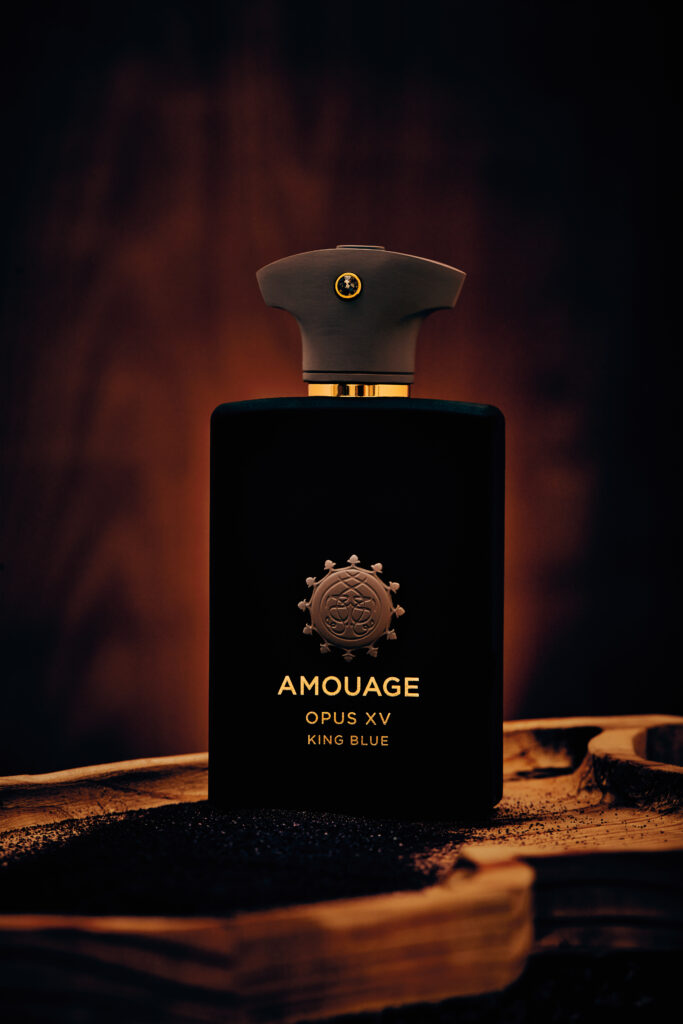
But, as Renaud Salmon, the Chief Creative Officer of Amouage, explains, using oud as such a broad term for the region doesn’t make sense, because those in the Middle East are so specific in their taste. “One of the first things I realised is that people are very particular when it comes to ouds in Oman and in the GCC region. To give you an example, people in Saudi Arabia tend to like ouds that are a little bit more pronounced, vertical, smoky, ashy,” he says. “Meanwhile, those in Qatar tend to like ouds that feel a bit more barnyard-like, animalic and rounder. People in Oman tend to like foods that are a little bit creamier and sweeter – those notes of honey, sweet tobacco and so on that you find in some ouds.”
Perhaps it’s no wonder that given the specific requirements for oud in the region, many are willing to pay astronomical amounts for the famous “black liquid gold”, with a report by Al Jazeera
claiming that one kilogram of oud can range from US$5,000 to $34,000 (Dhs18,300 to Dhs124,850), depending on where it’s from. Meanwhile, according to Business Insider, oud in its purest form can retail for as much as US$100,000 (Dhs367,250) per kilogram. Most of all, however, the skyrocketing price of oud it simply down to the increase in demand for it on a global scale, but reserves of it are dwindling. The aquilaria tree, where oud is sourced, is becoming “increasingly endangered,” reports Al Jazeera. In some cases, Southeast Asian countries have banned the harvest of agarwood.

But that hasn’t deterred the rise in oud’s popularity on the global fragrance stage. In 2023, you’d be hard-pressed to find a luxury beauty house without an oud perfume on its roster, something that was arguably much different just around a decade ago. In the early 2000s, the rich perfume oil was a key ingredient in Yves Saint Laurent’s M7 fragrance, which was then followed by Tom Ford’s highly successful launch of Oud Wood in 2007. More than 10 years later, Louis Vuitton released its first oud fragrance, Ombre Nomade, in 2018.
It still begs the question: what is it about oud that resonates with consumers around the globe? According to Alia Adam Ali, the Brand Manager at Swiss Arabian Perfumes, it’s the “beautiful and mysterious allure” the aura creates. In short, it’s a distinctive scent and that’s what the fragrance market is craving right now, with Middle Eastern scents paving the way.
“In our increasingly interconnected world, consumers are more curious about and open to exploring diverse fragrances and ingredients from different cultures,” she asserts. “Oud’s globalisation has been facilitated by increased access to international markets and the desire for multicultural experiences. The impact of oud on the perfume industry has been transformative. It has expanded the range of olfactory experiences available to consumers, sparking innovation and creativity among perfumers. Oud has driven sales and revenue growth for fragrance companies, and its presence has diversified the market, catering to a wider audience with discerning tastes.”
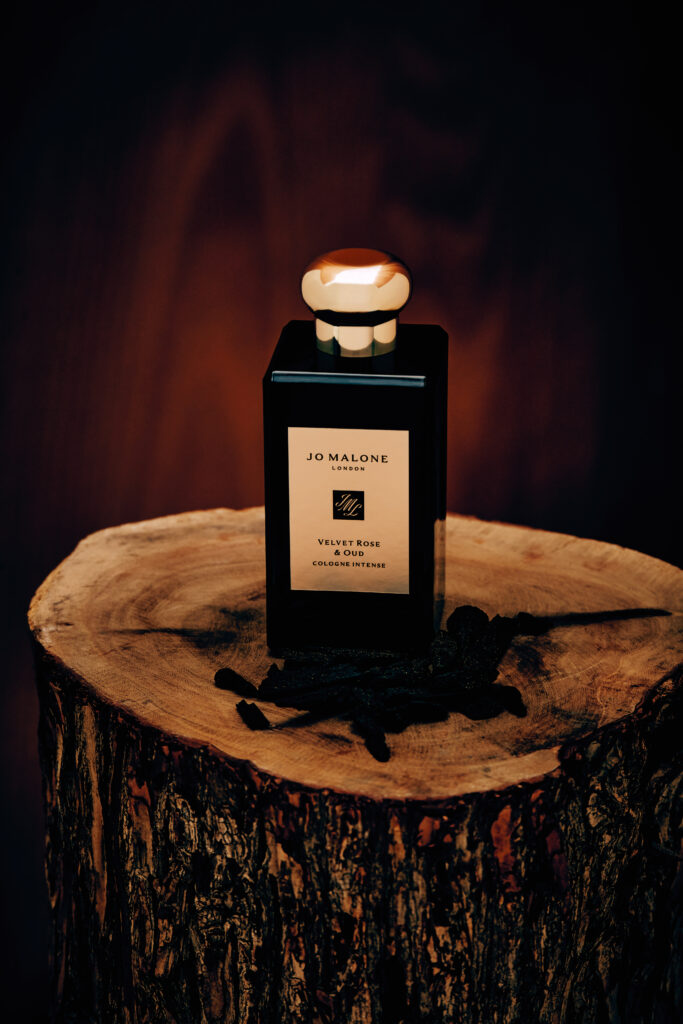
Indeed the scent of oud and the use of it in Western fragrance brands really has exploded in recent years. Allure magazine found that in 2022 searches for oud were up 25 per cent, with a predicted growth of another 20 per cent in 2023. Naturally also, with the rise of virality on TikTok, oud has carved out its own space on the app with the hashtag #oud garnering over 878.1 million views and #oudperfume reaching over 52.3 million, to date.
But what does this growth and commodification of such a precious raw material in the Middle East mean for its significance in culture? Having worked on the global fragrance stage for many years, holding roles at Coty, and Procter & Gamble, Salmon believes it’s a positive thing. “Some people would say it’s a form of culture appropriation, but I would say that it’s more of a form of cultural appreciation,” he explains. “It’s a way to acknowledge that the world of fragrances, I think, has become much more global. Everyone is actually getting familiar with very unusual fragrance profiles from their respective cultures – and I think it’s a good thing. It’s really interesting to see that this is all coming back to the region and you start seeing a huge variety of creative interpretations of this idea of oud.”
It could be argued that the global rise and consumption of oud is very much crafted for the Western nose, but for regional perfumers like Al Habtoor, who launched Arcadia in 2015, it’s allowed her to expand and reach consumers who will have a better understanding of the culture that comes from the region. “At Arcadia, oud has allowed me to really break boundaries with innovative combinations, creating unique oud experiences with regional and international appeal,” she points out. “With its rising popularity globally, it has allowed our consumers to better understand the rich traditions of the Middle East.”
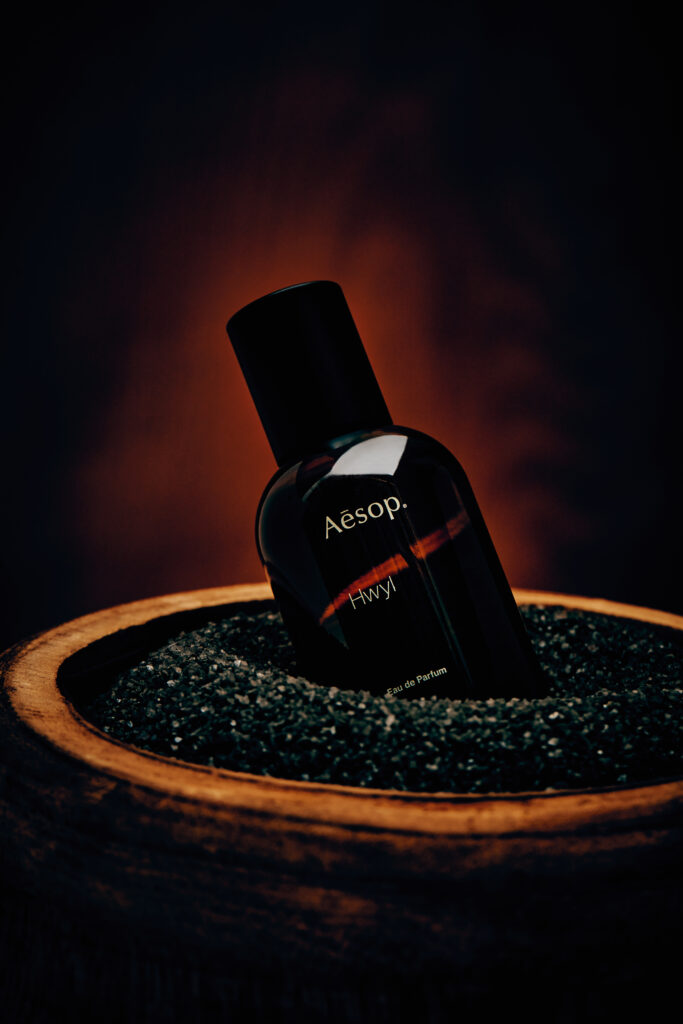
This indeed rings true for Amouage, which was first launched in 1983 at the request of the late Sultan Qaboos, former Sultan of Oman. Having held roles for huge perfume conglomerates including Marc Jacobs, Alexander McQueen and Dolce & Gabbana, Salmon himself relocated to Oman four years ago to take on the role of
Chief Creative Officer and support the brand in the increase of its global presence. “[Sultan Qaboos] wanted to create a gift that would contain ingredients from Oman that would be very generous and that he would give to the important people visiting Oman,” Salmon says. “So, Amouage, since its creation, has always been about being generous, creating rich fragrances with ingredients that would embody the spirit of Oman and that would be appreciated and loved around the world.”
Meanwhile, for global fragrance brands, it’s about acknowledging the importance of oud and highlighting exactly how precious it is in the Middle East. In particular, as Ghassan Hajjaj of L’Oréal LUXE Fragrances, notes, this was Giorgio Armani’s exact take when crafting Oud Royal by Giorgio Armani. Just as he takes inspiration when designing a couture piece, he wanted to take guidance from the incredible scents of the region. “When Mr Armani was travelling in the region with plans of opening the first Armani Hotel in the world which, of course, opened in the Burj Khalifa in Dubai, he discovered beautiful scents of perfume almost everywhere he would go,” Hajjaj says. “As a true artist, Mr Armani was inspired by these scents and decided to approach them in the same way that he approaches the design of an haute couture dress… he wanted to embed Arabic perfume ingredients into Armani scents.”
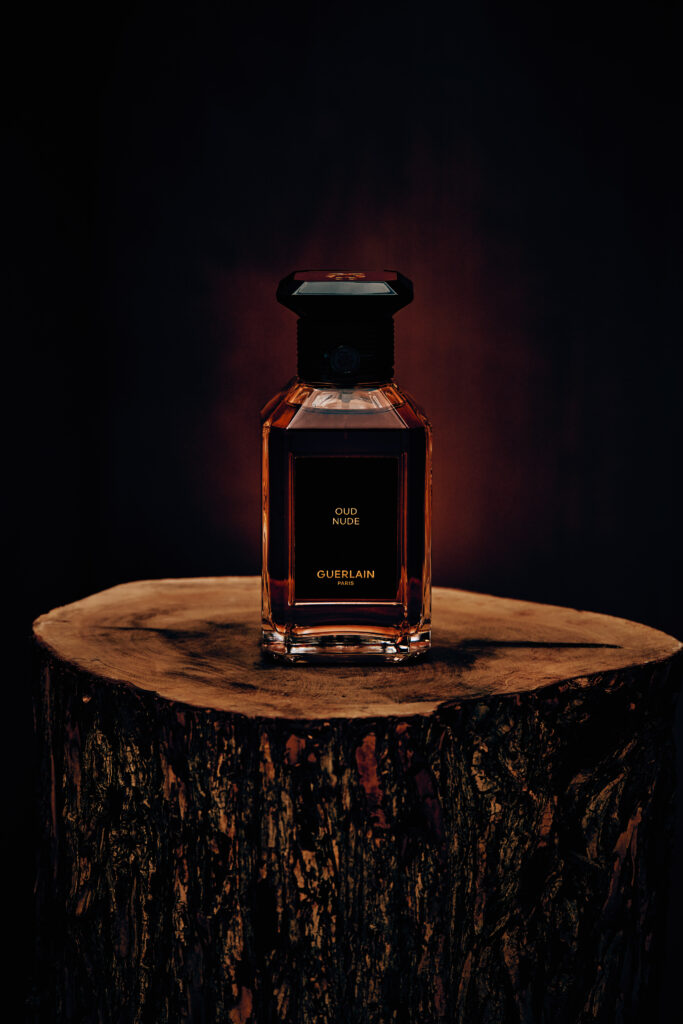
It’s clear the global demand for oud isn’t slowing down any time soon. With the fragrance industry set to reach US$69.25 billion (Dhs254.5 billion) by 2030, the oud industry itself is expected to be worth US$64 billion (Dhs235 billion) by 2029, according to Arabian Business. And this, in turn, showcases just how much influence the Middle Eastern fragrance space has on an international scale.
“The enduring popularity of oud underscores its significance. I am fascinated by how oud continues to unite people across generations while preserving cultural ties and traditions,” Rotheram attests. “In the Middle East, oud isn’t merely a scent; it’s a cultural identity, mirroring the region’s history, values, and sense of luxury.”









